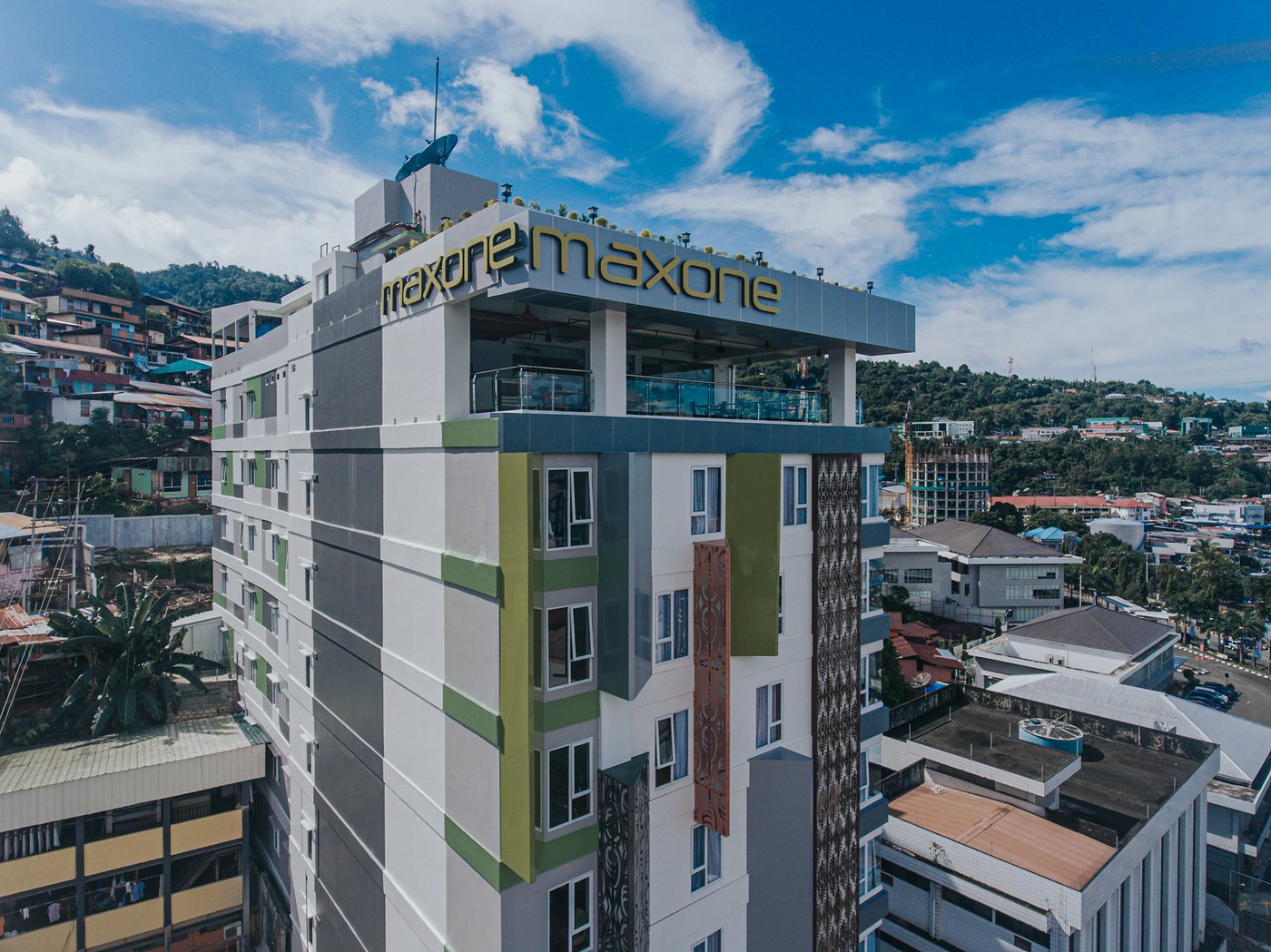Jayapura City Guide

Jayapura, the capital of Papua Province in Indonesia, is a city with a rich cultural heritage and a complex history. Located on the northern coast of New Guinea, Jayapura has been an important center for trade and commerce for centuries. The city’s strategic location has made it a hub for the exchange of goods and ideas between the indigenous people of Papua and the outside world. With a population of approximately 417,000 people, Jayapura is a melting pot of different cultures, including the indigenous Papuan people, Indonesian migrants, and expatriates from various countries.
The city’s history dates back to the 19th century when it was a small trading post established by the Dutch. During the colonial era, Jayapura was an important center for the Dutch East Indies Company, and it played a significant role in the development of the region’s economy. After Indonesia gained independence in 1945, Jayapura became the capital of the newly formed province of Papua. Since then, the city has undergone significant development, with the establishment of new infrastructure, including roads, bridges, and buildings. Today, Jayapura is a thriving city with a growing economy, driven by the mining, logging, and tourism industries.
Key Points
- Jayapura is the capital of Papua Province in Indonesia, with a population of approximately 417,000 people.
- The city has a rich cultural heritage, with a mix of indigenous Papuan, Indonesian, and expatriate cultures.
- Jayapura has a complex history, dating back to the 19th century when it was a small trading post established by the Dutch.
- The city is a hub for trade and commerce, with a growing economy driven by the mining, logging, and tourism industries.
- Jayapura is a melting pot of different cultures, with a unique blend of traditional and modern lifestyles.
Geography and Climate

Jayapura is located on the northern coast of New Guinea, at an altitude of approximately 300 meters above sea level. The city is situated in a valley, surrounded by mountains and hills, which provides a unique microclimate. The climate in Jayapura is tropical, with high temperatures and high humidity levels throughout the year. The average temperature ranges from 22°C to 32°C, with an average annual rainfall of 3,500 mm. The city is also prone to natural disasters, including earthquakes, floods, and landslides, due to its location in a seismically active region.
Environmental Concerns
The geography and climate of Jayapura have significant implications for the environment. The city’s location in a valley makes it prone to flooding, which can have devastating effects on the local ecosystem. The high levels of rainfall and humidity also create an ideal environment for the growth of vegetation, which can lead to deforestation and habitat destruction. Additionally, the mining and logging industries in the region have significant environmental impacts, including pollution, deforestation, and habitat destruction. The Indonesian government has implemented various measures to mitigate these impacts, including the establishment of protected areas and the implementation of sustainable forestry practices.
| Environmental Indicator | Value |
|---|---|
| Average Temperature | 27°C |
| Average Annual Rainfall | 3,500 mm |
| Deforestation Rate | 1.2% per annum |
| Pollution Level | Moderate to High |
Economy and Infrastructure
The economy of Jayapura is driven by the mining, logging, and tourism industries. The city is rich in natural resources, including gold, copper, and timber, which are extracted and exported to other countries. The tourism industry is also growing, with visitors attracted to the city’s unique culture, history, and natural beauty. The infrastructure in Jayapura is relatively well-developed, with a international airport, seaport, and road network connecting the city to other parts of Indonesia and the world.
Challenges and Opportunities
Despite the economic growth and development in Jayapura, there are significant challenges and opportunities that need to be addressed. The city faces challenges related to poverty, inequality, and access to basic services, including healthcare, education, and sanitation. Additionally, the city’s economy is vulnerable to external shocks, including fluctuations in global commodity prices and changes in government policies. However, there are also opportunities for growth and development, including the expansion of the tourism industry, the development of small and medium-sized enterprises, and the promotion of sustainable agriculture and forestry practices.
What is the main driver of the economy in Jayapura?
+
The main driver of the economy in Jayapura is the mining, logging, and tourism industries.
What are the main challenges facing the city of Jayapura?
+
The main challenges facing the city of Jayapura include poverty, inequality, and access to basic services, including healthcare, education, and sanitation.
What are the opportunities for growth and development in Jayapura?
+
The opportunities for growth and development in Jayapura include the expansion of the tourism industry, the development of small and medium-sized enterprises, and the promotion of sustainable agriculture and forestry practices.
In conclusion, Jayapura is a city with a rich cultural heritage and a complex history. The city’s strategic location has made it a hub for trade and commerce, with a growing economy driven by the mining, logging, and tourism industries. However, the city also faces significant challenges related to poverty, inequality, and access to basic services. To address these challenges and promote sustainable development, the Indonesian government, in collaboration with local stakeholders and international organizations, must implement comprehensive policies and practices that balance economic growth with social and environmental sustainability.








